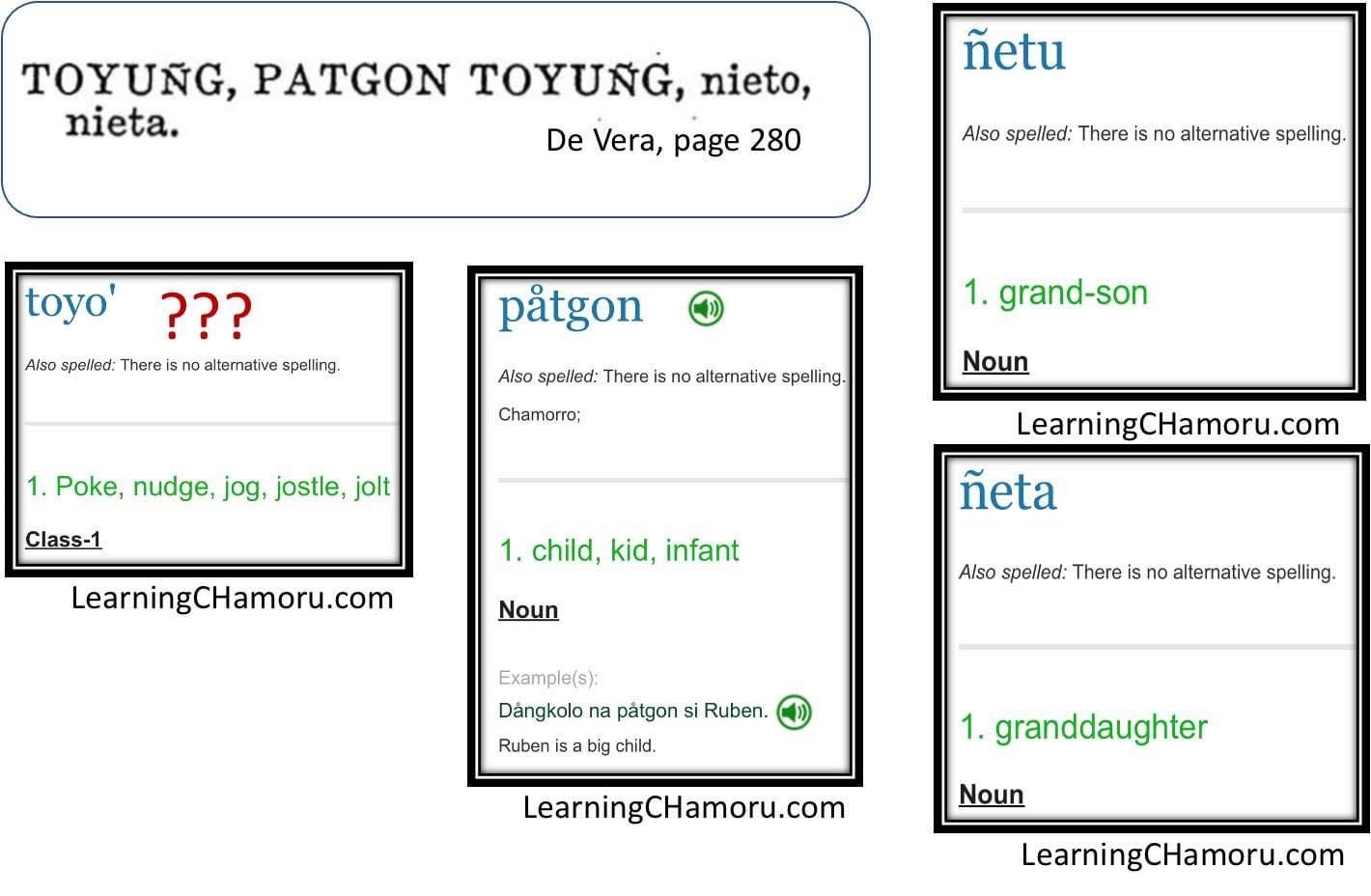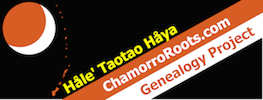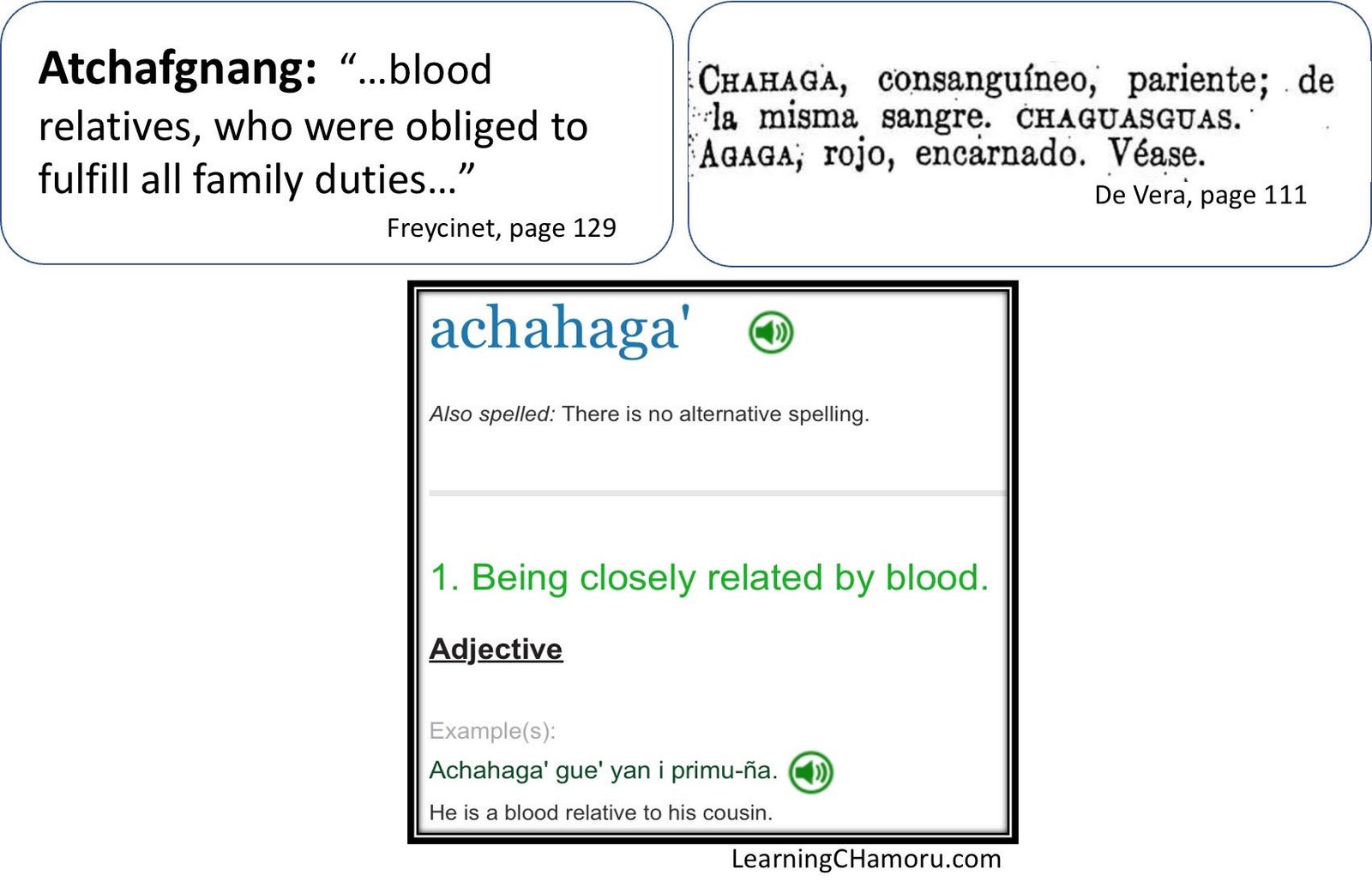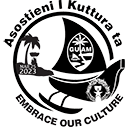Home
Patgon Toyung
- Details
- Written by: Bernard Punzalan
*Freycinet (page 130) recorded, “No word exists in the Mariana tongue to designate a man's or woman's grandchildren or great-grandchildren.”

2023 Chamorro Cultural Festival (CCF) Guest Registry
- Details
- Written by: Bernard Punzalan
|
|
Please comment below the live feed video with your first name, last name, what city and state/country you reside (there is a google location option for this), and if you attended 2023 CCF so we can map out where everyone is coming from in making their journey to CCF. You do not have to have an account here, but you will need to provide your email address to comment in the registry. Comments are closed but the link to view the video is still available. |
Lukao 2023 CCF
- Details
- Written by: Bernard Punzalan
In collaboration with CHE’LU (Chamorro Hands in Education Links Unity) San Diego, we will have some space for attendees of the 2023 Chamorro Cultural Festival (CCF) to sign-in the Guest Registry. CCF attendees will have the option to physically sign the Guest Registry or virtually sign the Guest Registry on the Chamorro Roots Genealogy Project website. A QR code to access the virtual Guest Registry will be released the day of CCF on March 25, 2023.
My objective is to develop a summary narrative on the number of attendees and and create a global map pinpointing the locations of the attendees’ residences by city and state/country.
In ancient times our native ancestors within and abroad from the other Mariana Islands (Låguas yan Gåni) would journey and proceed from one location to another to gather and join in on an event whether for funerals, festivities or competition. Each year, CCF has grown and has become a major event for CHamoru people to gather and celebrate in the United States. I'm not sure if anyone will be sailing into the event, but for sure, some of us will be driving, while others will by flying to the event... LUKAO! Na'lå'la!
Page 13 of 84




